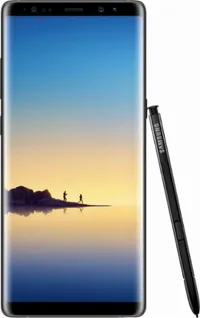Galaxy Note 8 Vs. Note 5: What to Expect if You Upgrade
If you've held on to a Note 5 for the last two years, expect big changes with the new Galaxy Note 8. Here's a closer look at how the two phones differ.
Editors' Note: We originally published this article on August 23, when Samsung unveiled the Galaxy Note 8. We've updated the comparison now that we've had a chance to test and review Samsung's new phone.
Two years is a lifetime for smartphones, as processing power, battery life and camera capabilities can all take a great leap forward in that timespan. And if you bought Samsung's Note 5 when it came out two years ago, you're likely ready to trade it in for a new phone, especially after the Galaxy Note 7's now-you-see-it-now-it's-recalled act last year.
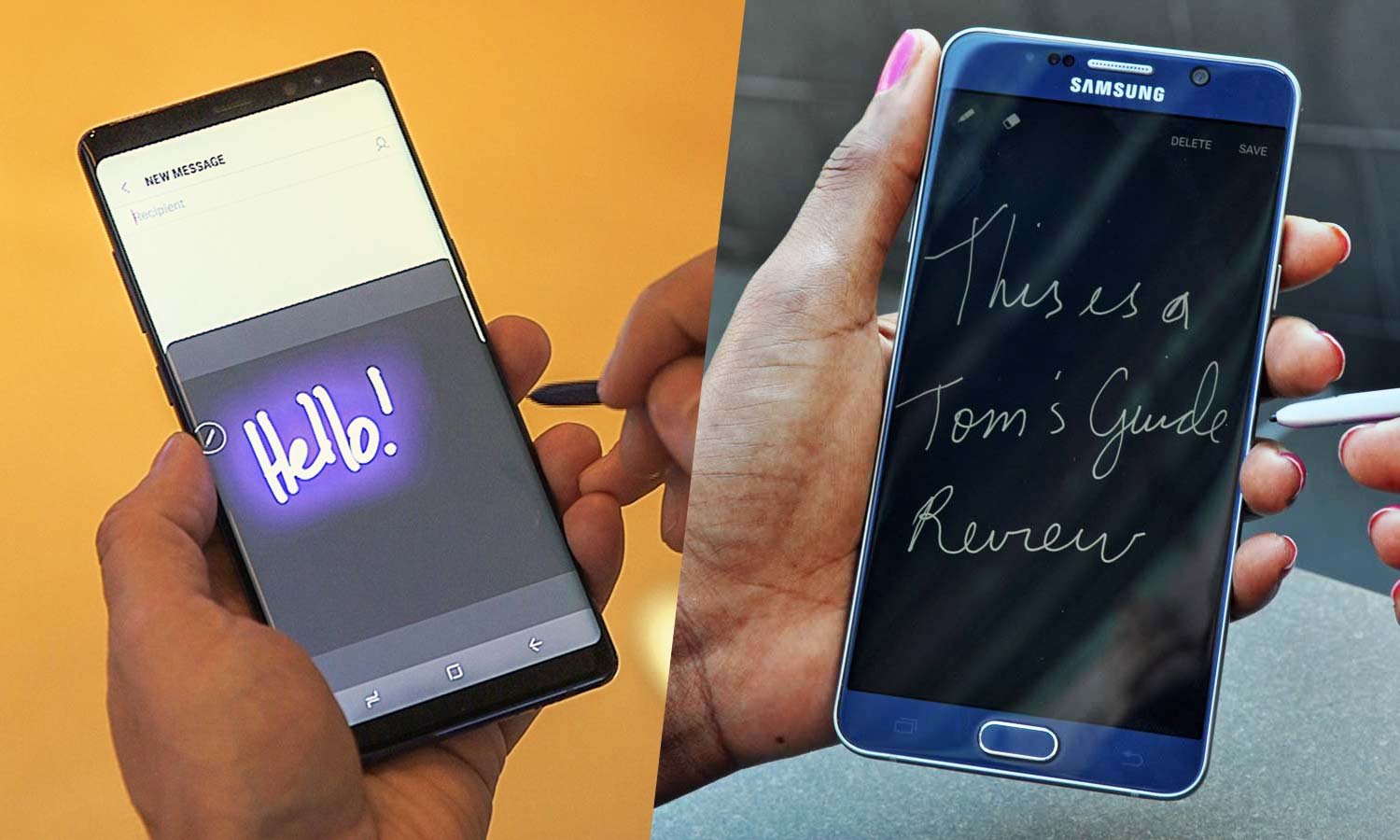
Samsung's newest big-screen phone, the Galaxy Note 8, marks a big step forward from 2015's Note. (Remember, there was no Note 6, as Samsung jumped straight from the Note 5 to the Note 7 in 2016.)
But how big a step is this new model? Here's a closer look at how the specs compare between the new Note 8 and the Note 5 you've been holding onto.
Galaxy Note 8 Vs. Galaxy Note 5
| Specs | Galaxy Note 8 | Galaxy Note 5 |
| Display (Pixels) | 6.3 inches (2960 x 1440) | 5.7 inches (2560 x 1440) |
| CPU | Snapdragon 835 | Exynos 7420 |
| RAM | 6GB | 4GB |
| Storage | 64GB | 32GB |
| Rear Camera | Two 12-MP (wide-angle, f/1.7; telephoto f/2.4) | 16-MP (f/1.9) |
| Front Cameras | 8-MP | 5-MP |
| Special Features | Bixby, S Pen, IP68 rating, DeX compatibility | S Pen |
| Size | 6.4 x 2.9 x 0.33 inches | 6 x 2.9 x 0.29 inches |
| Weight | 6.9 ounces | 6.0 ounces |
| Android Version | 7.1.1 | 5.1 (Android 7 update available) |
| Battery | 3,300 mAh | 3,000 mAh |
| Battery Life (Hrs:Mins) | 11:11 | 9:35 |
| Price at Launch | $930 to $960, depending on carrier | $700 |
Display
When it debuted two years ago, the Note 5 pushed the envelope for how big a smartphone screen could be, boasting a 5.7-inch display. But screens have gotten bigger since then. These days, you can get a Galaxy S8 with a 5.8-inch display — an even wider screen than Samsung's two-year-old phablet.
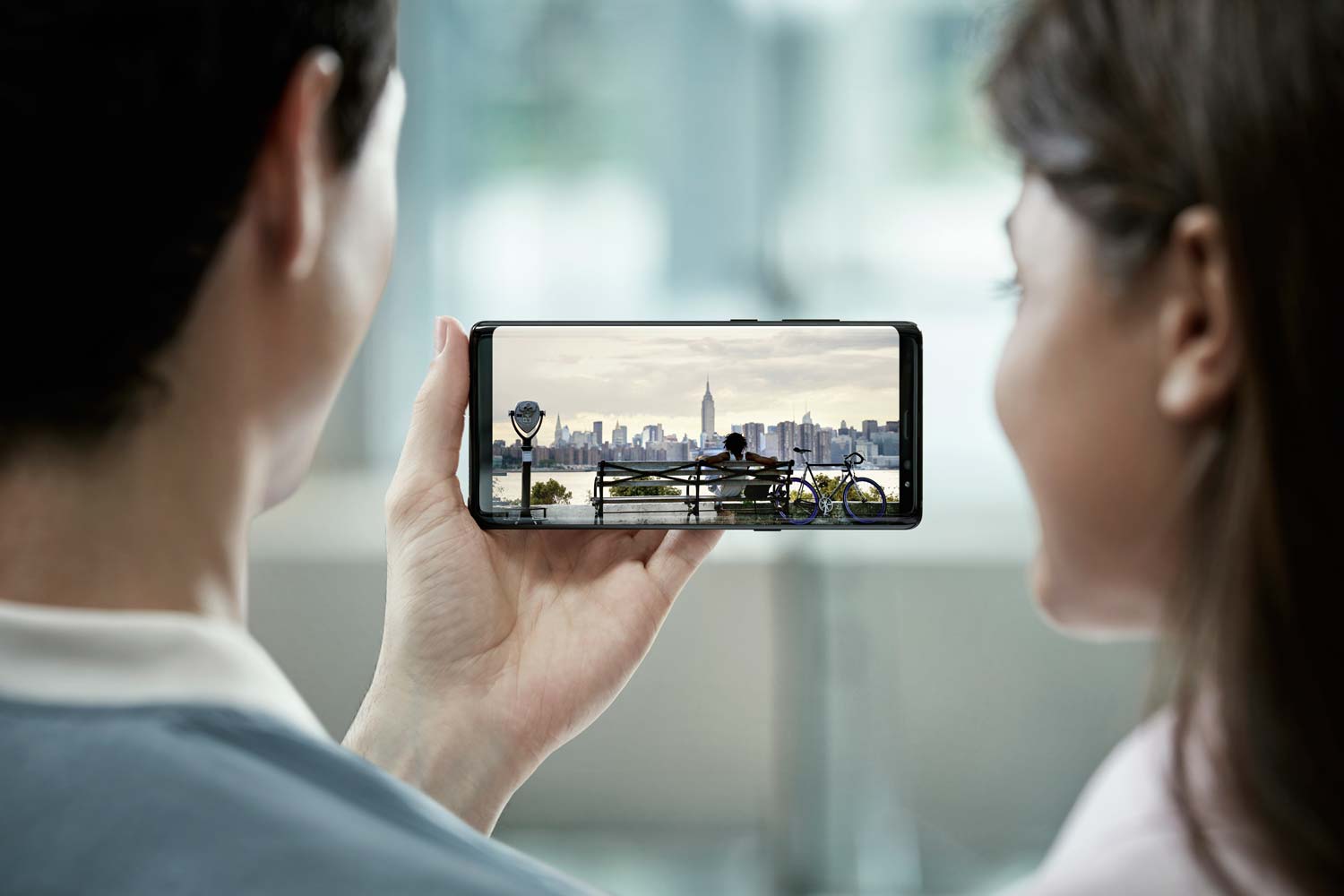
So it's no surprise that the Note 8 offers an even bigger display, stretching out to 6.3 inches. And we do mean "stretching," as the Note 8 goes from edge to edge, eliminating the top and bottom bezels once featured in the Note lineup.
Get instant access to breaking news, the hottest reviews, great deals and helpful tips.
MORE: Galaxy Note 8 Hands-on: A Dual-Camera Multitasking Beast
Like the Note 5, the Note 8 offers a Super AMOLED panel, but the resolution is now slightly sharper. While the Note 5 wowed us two years ago with a Quad HD resolution (2560 x 1440), the Note 8 follows the S8's lead with a Quad HD+ that packs in a few more pixels per inch than the Note 5's display did. (521 ppi for the Note 8 versus 518 ppi for the Note 5)
Design
The biggest design difference between the Note 5 and Samsung's latest model is that edge-to-edge screen. For one thing, it forces the home button off the front of the Note 8; instead Samsung's new phone uses a virtual home button and you'll find the fingerprint sensor on the back of the phablet. This design is similar to the Galaxy S8's look, and it's a bit of nuisance to use, though some S8 owners say they've gotten used to the fingerprint sensor's less-than-ideal location.
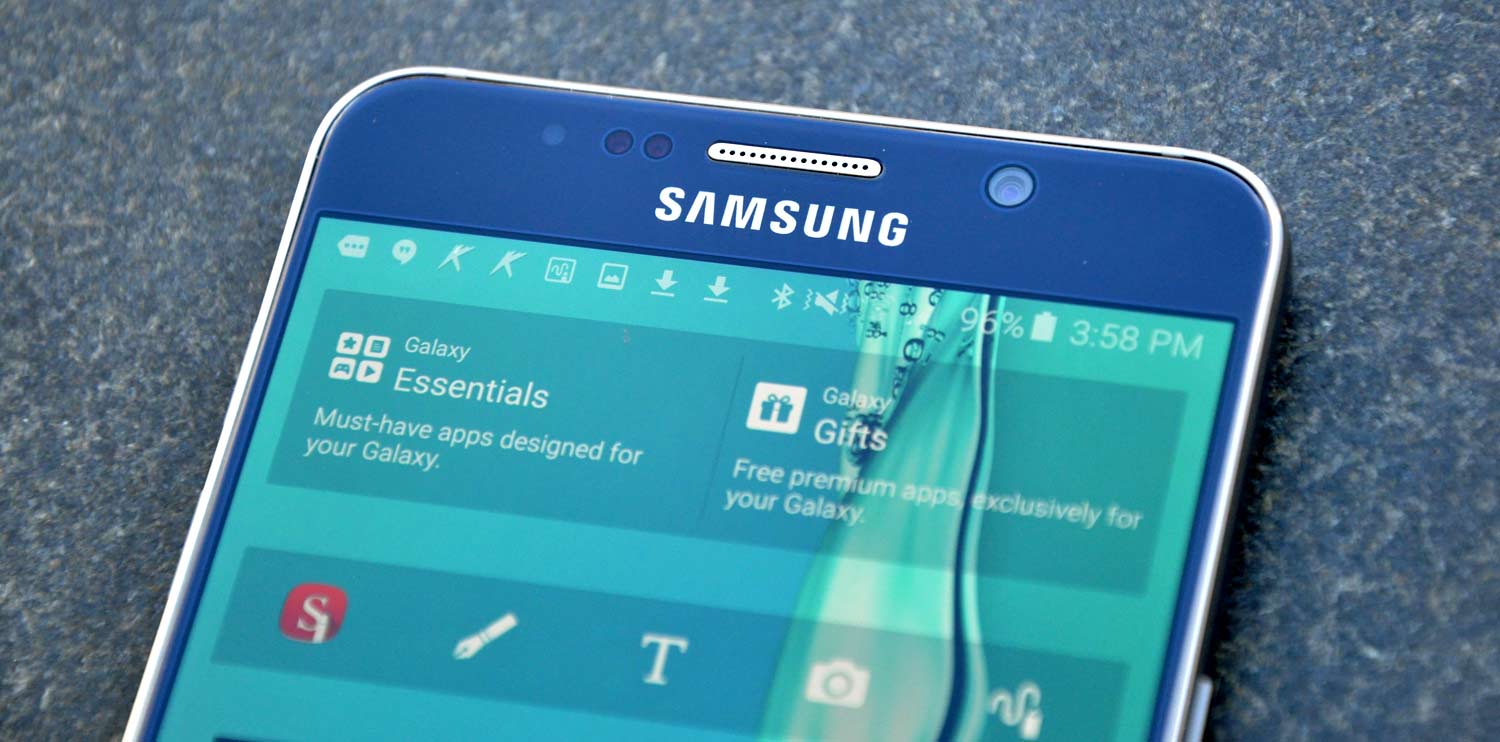
The bigger screen means the 6.4 x 2.9 x 0.33-inch Note 8 is taller and thicker than the Note 5, which measures 6 x 2.9 x 0.29 inches. The two phones are essentially the same width since the bezel-free design means Samsung stretched out its newer phone. That could make the Note 8 easier to operate with one hand.
Hopefully, that hand has been working out, though. The Note 8 packs on some weight, at 6.9 ounces. The Note 5 weighs 6 ounces.
Processor and Performance
Processors improve over the course of two years, so expect to see some performance gains if you make the jump from the Note 5 to the Note 8.
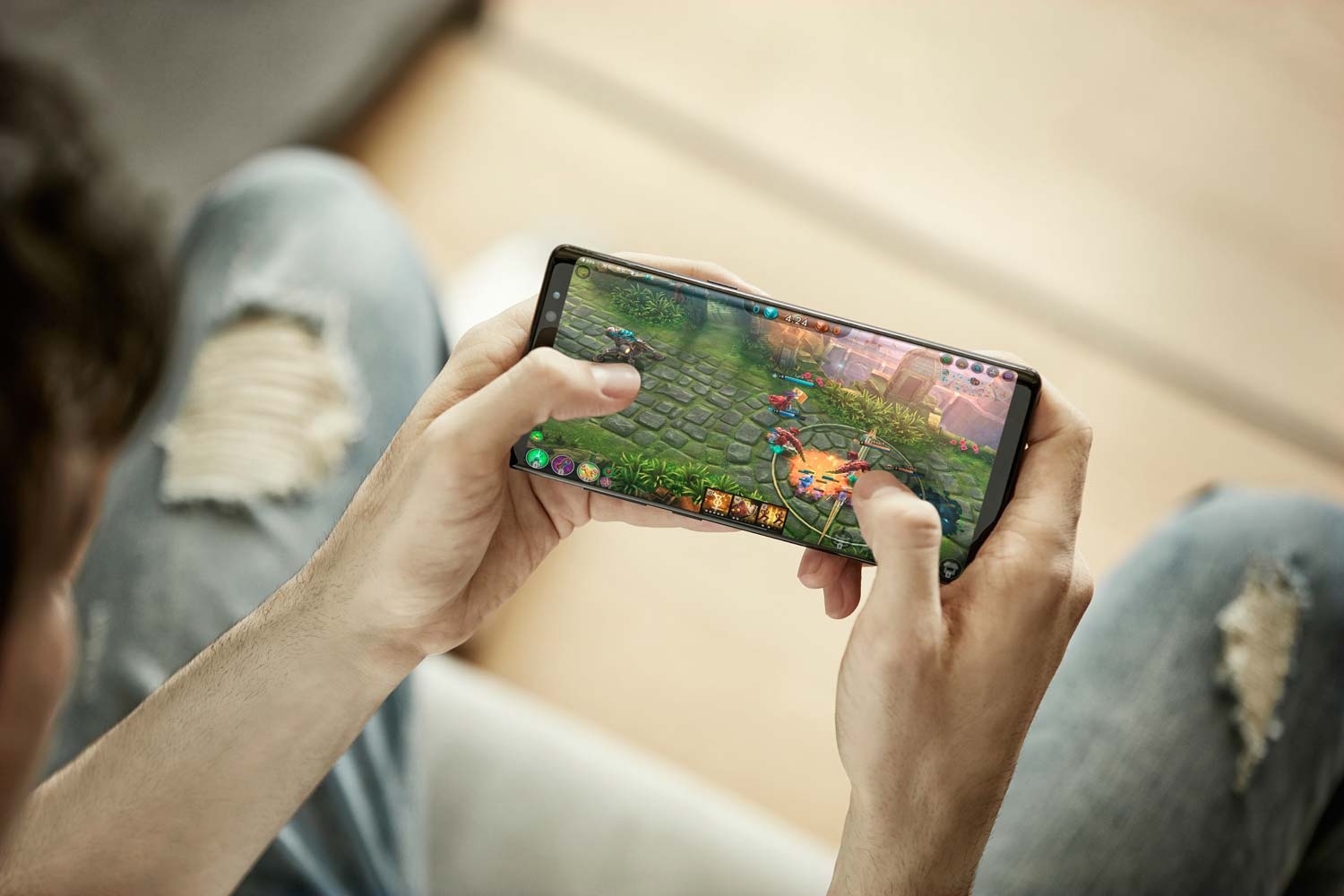
That 2015 phone shipped with a Samsung-built Exynos 7420 processor, which was powerful enough at the time to propel the Note 5 past the iPhone 6 Plus. The Note 8 replaces that 14-nanometer CPU with a 10-nanometer Snapdragon 835. To add to the performance oomph, the Note 8 will feature 6GB of RAM; the Note 5 shipped with 4GB.
Now that we've had a chance to test the Note 8, we can confirm that it's right up there with the top-performing Android phones. Its 6,564 multicore score in the Geekbench 4 test of overall performance beats the likes of the Moto Z2 Force (6,489) and OnePlus 5 (6,542). That latter result is particularly impressive since the version of the OnePlus 5 we tested had 8GB of RAM.
Another thing Note 5 upgraders can definitely count on from the Note 8: more storage. The new phone ships with 64GB of capacity, compared to 32GB for the Note 5.
Cameras
Not only will the Note 8 feature a radically different camera setup from the Note 5, Samsung's new phone will be different from any other phone the company has produced. The Note 8 features dual rear cameras, a first for Samsung.
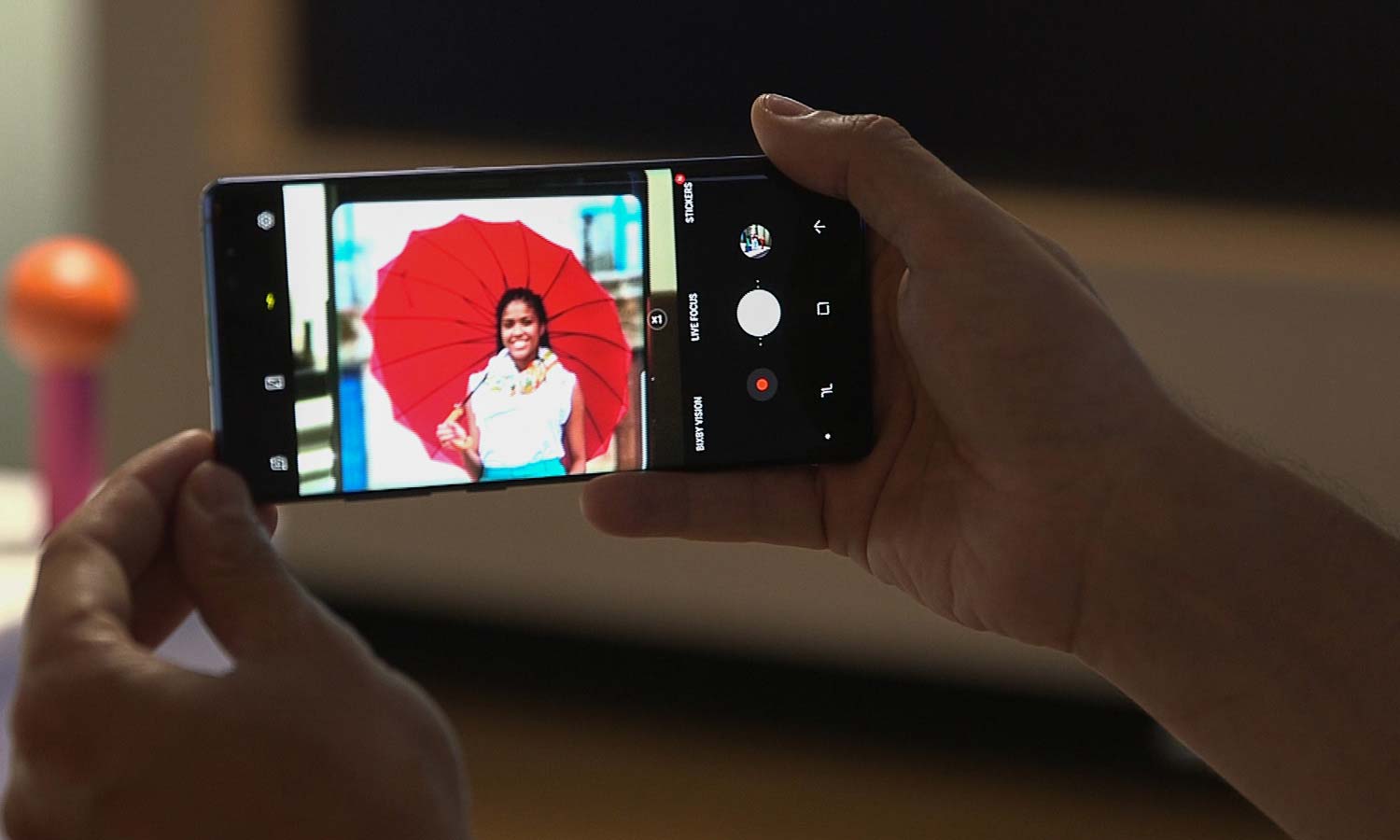
Specifically, the Note 8 offers a pair of 12-megapixel cameras on the back. One, a wide-angle lens, features an f/1.7 aperture, while the telephoto lens offers an f/2.4 aperture that supports a 2X zoom. The twin lenses support features like adding a background blur (before and after you take a shot) or simultaneously snapping a close-up shot and a wide-angle one of the same scene.
MORE: Best Camera Phones
However, you slice it, the Note 8's two cameras figure to improve upon the Note 5's single 16-MP shooter and its f/1.9 aperture, especially since the Note 8's lenses both offer optical image stabilization.
Up front, there's an 8-MP selfie cam on the Note 8, an upgrade over the 5-MP front shooter found on the Note 5.
S Pen
When we reviewed the S Pen two years ago, we loved the Note 5's multitalented stylus, particularly its then-new Screen Off Memo feature. That capability let you jot down memos without even waking up the phone's display.

Samsung amped up Screen Off for the Note 7. Now you can save 100 pages of notes in Screen Off mode, assuming you have 100 pages worth of must-save notes rattling around your brain.
Other enhanced S Pen capabilities in the Note 7 that Note 5 users will appreciate will be a beefed up translation feature that translates full sentences, supports 71 languages and even handles currency and unit conversions. The Live Messages feature lets you use the S Pen to turn whatever you draw on the screen into an animated GIF.
Battery
In the wake of the Note 7, batteries have become a... um... heated point of concern about Samsung's smartphones. Samsung is hoping to put everyone's concerns to rest with a more stringent 8-point battery test for the 3,300 mAh power pack inside the Note 8.
That's smaller than the Note 7's 3,500 mAh battery, but it still packs more power than the 3,000 mAh battery inside the Note 5. That phone lasted 9 hours, 35 minutes on our battery test when we tested the Note 5 two years ago, and it's unsurprising that the Note 8 bested that score. Samsung's new phone lasted 11:11, which tops even the S8+ and its larger battery by 7 minutes.
Other Features
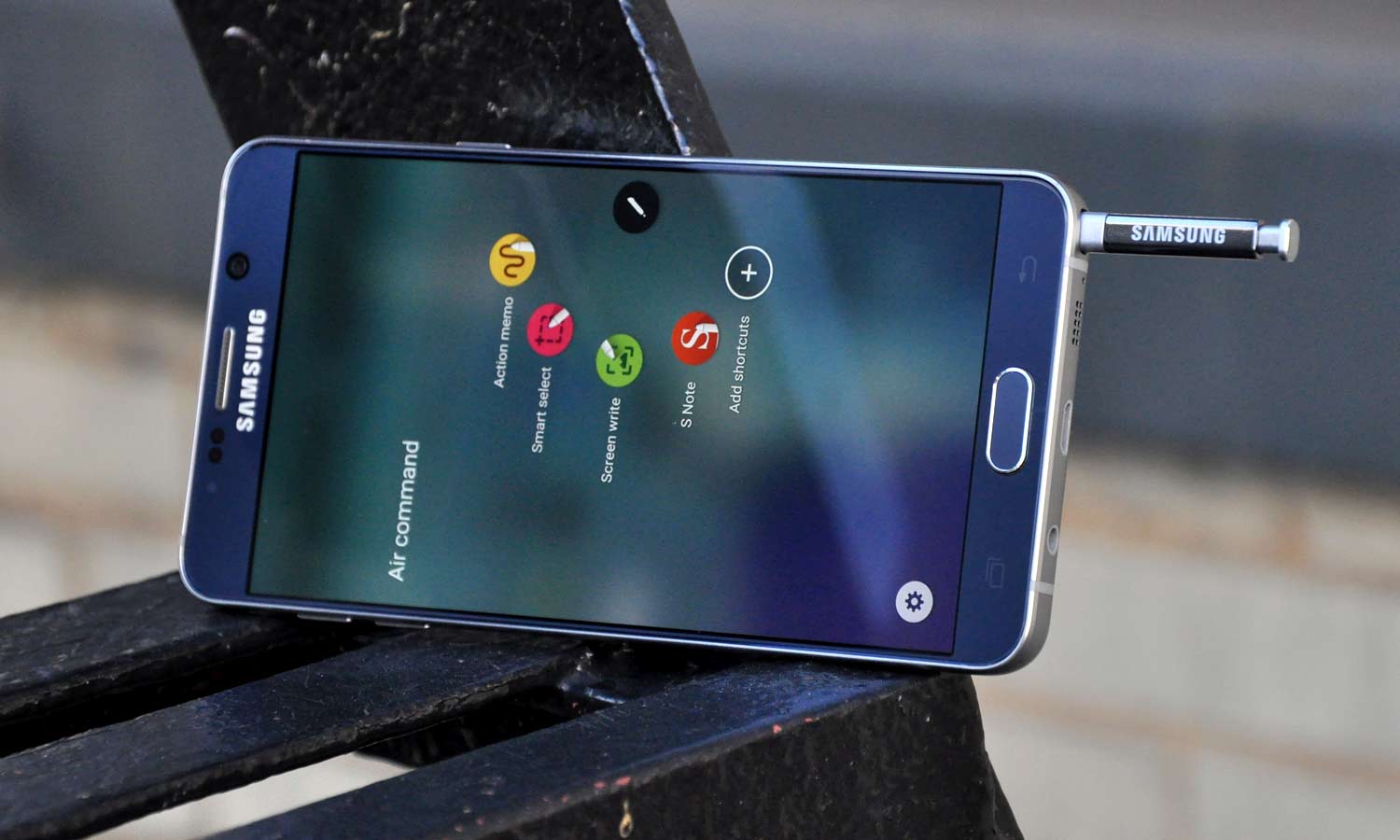
If the mere hint of water made you cradle the Note 5 like a newborn baby, you can relax with the Note 8. Samsung's new phone has an IP68 rating, meaning you can drop it in up to 5 feet of water for 30 minutes — S Pen, too — and not have to worry about any damage.
The Note 8 supports a few features that didn't even exist when the Note 5 first shipped. The new phone features Samsung's Bixby assistant, including voice commands, and it will also work with the DeX dock that turns your phone into a portable computer.
Price
Note 5 owners better brace for some sticker shock. The Note 5 cost $700 when it debuted in 2015 — a steep price at the time, though pretty standard for flagship phones these days.
The Note 8 will blow past that price tag. T-Mobile is charging $930 for the phone (though you can break that up into 24 monthly payments of $30 a month with $210 down. Verizon is charging $960 for the new phone (which is also available in 24 monthly payments of $40). Expect other carriers to charge somewhere in that range. If you want the phone unlocked, you can get it for $929 from either Samsung or Best Buy.
Outlook
The question for many Note 5 owners who've held out for this long isn't going to be "Should I Upgrade?" The Note 8 will be an improvement in nearly every significant way, particularly when it comes to performance, camera and display. Rather, the question is "Should I Upgrade to This Particular Note?" and the $900-plus price of Samsung's new phone makes that a more complex consideration.
As noted, you can likely find a Galaxy S8 for $700 or so — sometimes less, if you find a sale price — and that months-old phone offers the same processor and edge-to-edge screen you'll get with the Note without too much of a battery life sacrifice. Only the Note 8 offers a dual-camera setup, though, and power users are going to like the new features in the Note 8's S Pen. If either of those factors tickles your fancy, the Note 8 figures to be well worth the upgrade over the Note 5.
Philip Michaels is a Managing Editor at Tom's Guide. He's been covering personal technology since 1999 and was in the building when Steve Jobs showed off the iPhone for the first time. He's been evaluating smartphones since that first iPhone debuted in 2007, and he's been following phone carriers and smartphone plans since 2015. He has strong opinions about Apple, the Oakland Athletics, old movies and proper butchery techniques. Follow him at @PhilipMichaels.
-
elvinocasio1 The new Note 8 does not give me the WOW improvement over the Note 5, for the price tag and upgrades over the Note 5 I rather go with the S8 if I going to upgrade. No thank you, I stick to my Note 5. I was looking forward to a better camera not features. 8 mpx is not much of a difference to Note 5 with 5mpx, Note 8 have 2 cameras but only 12 mpx, a little wider angle can be accomplish in the Note 5 with a phone lens way beyond. Lets talk about memory, 64G WITH OUT THE OPTION TO INSTALL A MEMORY CARD, Why not? I been waiting for Note that I can expand the memory beyond any phone but I guess Samsung have different plans, Fail again. Gain, I will stick to my Note 5 and wait for a Note 9. The features + Price does not justify to locked myself in a new contract. Samsung if you are reading this, I doubt it, give me a better camera not features, more MPX, this is what make a beautiful picture stand out form the rest when you print that photo.Reply -
john.r.hughes.jr Except where Samsung announced that the Note 8 will have a MicroSD slot. Up to 256bg compatible. Including Samsung offering a promo through mid-October that will let you get a wireless charger and a 128gb card.Reply
Plus, where Verizon is giving you HALF OFF the Note 8 if you trade in your good condition Note 5. But yea, don't let facts get in the way of your baseless opinions, please. -
stevemazz1992 All the features are nice but how does it work as a phone?Reply
Does it drop calls?
Is the speaker clear?
Is the mic good for those you call?
How is the hands free feature?
Are the Contacts set up the same way?
Remember it is a phone after all with extras... not extras with a phone.
